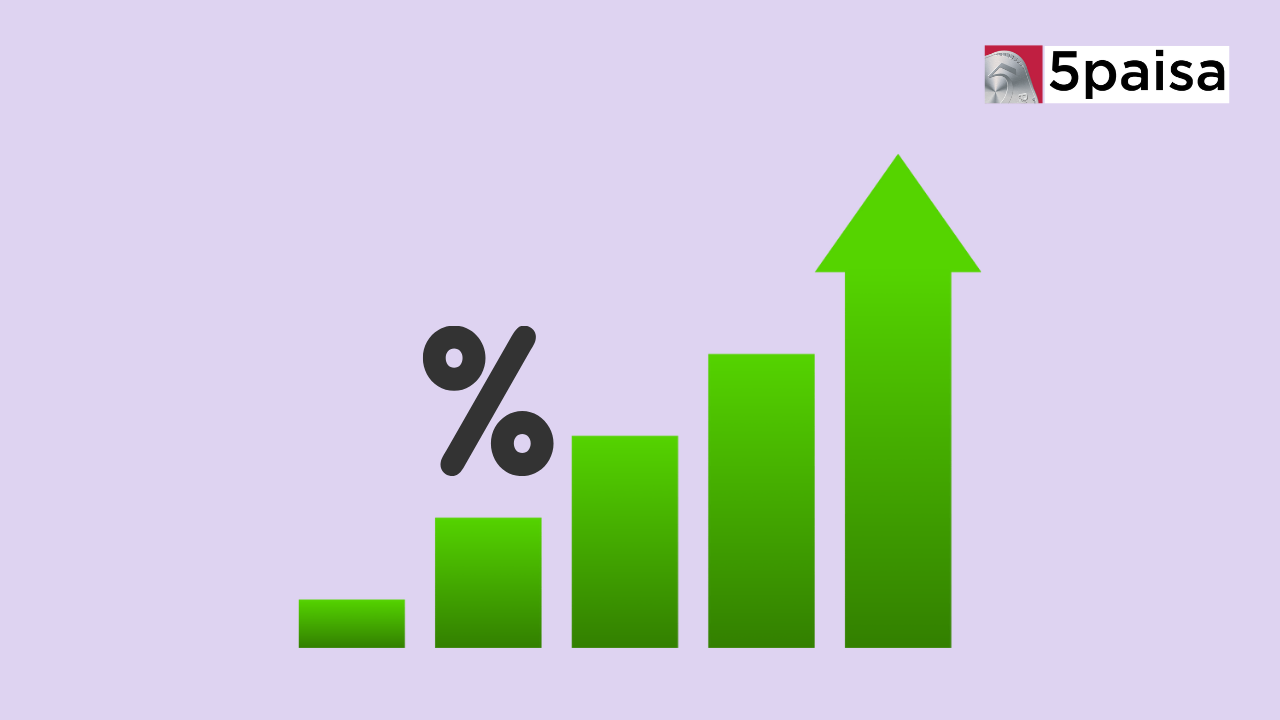Top Energy ETFs in India - Best Funds to Invest
Why is Hindustan Unilever falling despite its results beating market expectations?

Last Updated: 13th December 2022 - 04:11 am
Shares of Hindustan Unilever (HUL) slipped 2% to Rs 2,530.90 on the BSE in Tuesday's intra-day trade, extending their fall to 5% in the past two trading days.
In the past one month, HUL has underperformed the market by falling 5%, as compared to the 3% rise in the S&P BSE Sensex.
But, just to be sure, in the past six months, the stock has rallied 21% as against the 6% gain in the benchmark index.
Interestingly, this decline comes despite the fact that the company registered a 22.2% year-on-year (YoY) increase in net profit in the July-September quarter, beating Street expectations despite sustained weakness in rural markets.
So, why are investors negative on HUL?
One of the reasons is that the company’s earnings before interest, taxes, depreciation, and amortization (Ebitda) margin contracted 180 basis points to 23.3% from 25.0% in the year-ago quarter.
Moreover, HUL took price cuts in October 2022 mainly to pass on the benefit of a fall in palm oil prices. However, other commodities like crude, soda ash, milk and barley still remain elevated.
Further, currency depreciation has accentuated margin pressure. Though gross margins are likely to improve sequentially, it would still be lower YoY in the next few quarters, an analyst note said.
"We believe similar to palm oil decline, other commodities would also cool off in the next few quarters, which would eventually help the company to increase advertisement and promotions activity for volume growth. We remain positive on growth prospects as well as margin expansion possibility in the long run," the note cited above said.
Interesting, but how did HUL’s sales volume look in its results?
The fast-moving consumer goods (FMCG) company registered a volume growth of 4% during the quarter. While the net profit rose to Rs 2,665 crore from Rs 2,181 crore in the year-ago period, revenue increased 16.1% to Rs 15,144 crore, as against Rs 13,046 crore reported last year.
Could cost inflation influence the company’s earnings going forward?
Yes, at least one more analyst said these factors could become important. The analyst said HUL's pre-Covid earnings had been strong. It reported around 18% annualised growth in earnings per share in the four years ended FY20, before steeper commodity cost inflation and the over-indexed discretionary portfolio adversely impacted its earnings in FY21 and FY22.
"HUL's pre-pandemic earnings growth was particularly impressive, given the weak mid-single-digit growth posted by its (much smaller) staples peers over the same period. Once the ongoing high material cost environment abates, we believe HUL could revert to mid-teens earnings growth,” the analyst said in a note.
- Flat ₹20 Brokerage
- Next-gen Trading
- Advance Charting
- Actionable Ideas
Trending on 5paisa
Indian Stock Market Related Articles
Disclaimer: Investment in securities market are subject to market risks, read all the related documents carefully before investing. For detailed disclaimer please Click here.
 Sachin Gupta
Sachin Gupta
 5paisa Research Team
5paisa Research Team




